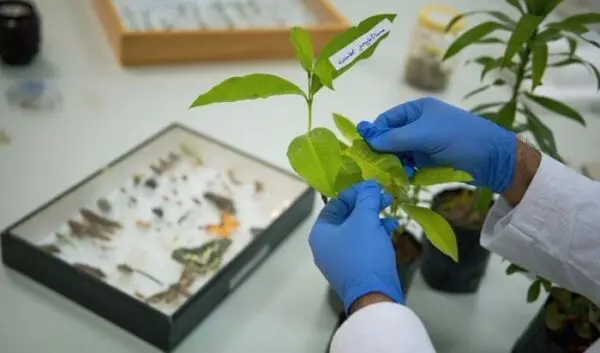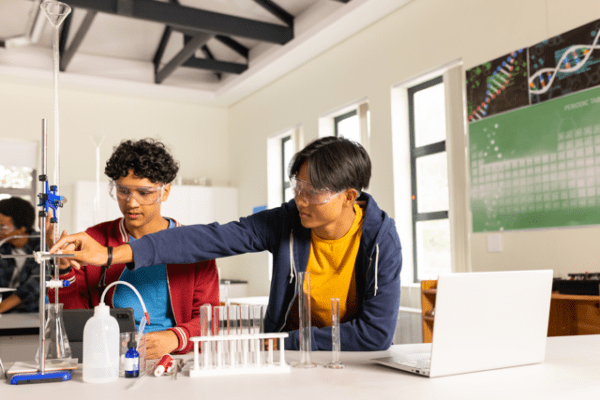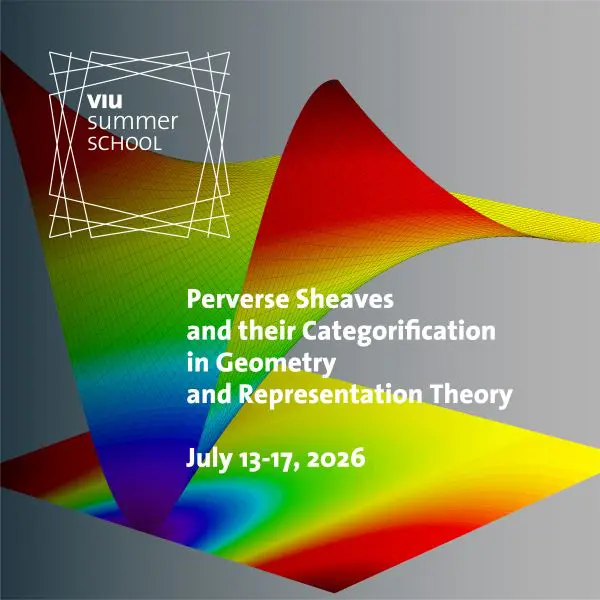
Flakkebjerg, Denmark
Hands-on Advanced Methods and Techniques in Plant science and Biotechnology
When:
10 August - 22 August 2026
Credits:
5 EC
Read more
Natural Sciences
When:
16 July - 20 July 2018
School:
Institution:
University of Wuerzburg
City:
Country:
Language:
English
Credits:
0 EC
Fee:
50 EUR

Additive manufacturing technologies are widely described in the popular media as 3D printing, and have been described as something that will drive the 4th industrial revolution. For biomedical applications, 3D printing promises to transform the medical field by printing organs in hospitals, producing surgical planning models and cutting guides, and to advance research in areas such as cancer, such as kidney, nerve and bone regeneration. Industrial adoption of 3D printing has also been rapid, particularly for the aerospace and automotive industries. Metal 3D printing is used for high performance parts and can be manufactured at speeds fast than conventional parts. A new 3D printing technology, continuous liquid interface production (CLIP) has been adopted as a new method to fabricate commodities with superior performance. For these technologies to be fully utilized across the world in a cost-effective manner, this Summer School gives young researchers the “full picture” of the challenges that are faced in the various techniques and applications.
Prof. Dr. Paul Dalton
Chemists, Engineers, Physicists, Biologists, Medical students
To give a theoretical as well as a practical insight into the growing field of 3D printing techniques.
Fee
50 EUR, The contribution to expenses includes special social events. Accomodation has to be booked seperately. All students are eligible to apply for financial support. Approval will be communicated with the acceptance letter.
When:
16 July - 20 July 2018
School:
Institution:
University of Wuerzburg
Language:
English
Credits:
0 EC

Flakkebjerg, Denmark
When:
10 August - 22 August 2026
Credits:
5 EC
Read more

Venice, Italy
When:
13 July - 17 July 2026
Credits:
2 EC
Read more

Munich, Germany
When:
27 June - 03 September 2026
Credits:
0 EC
Read more